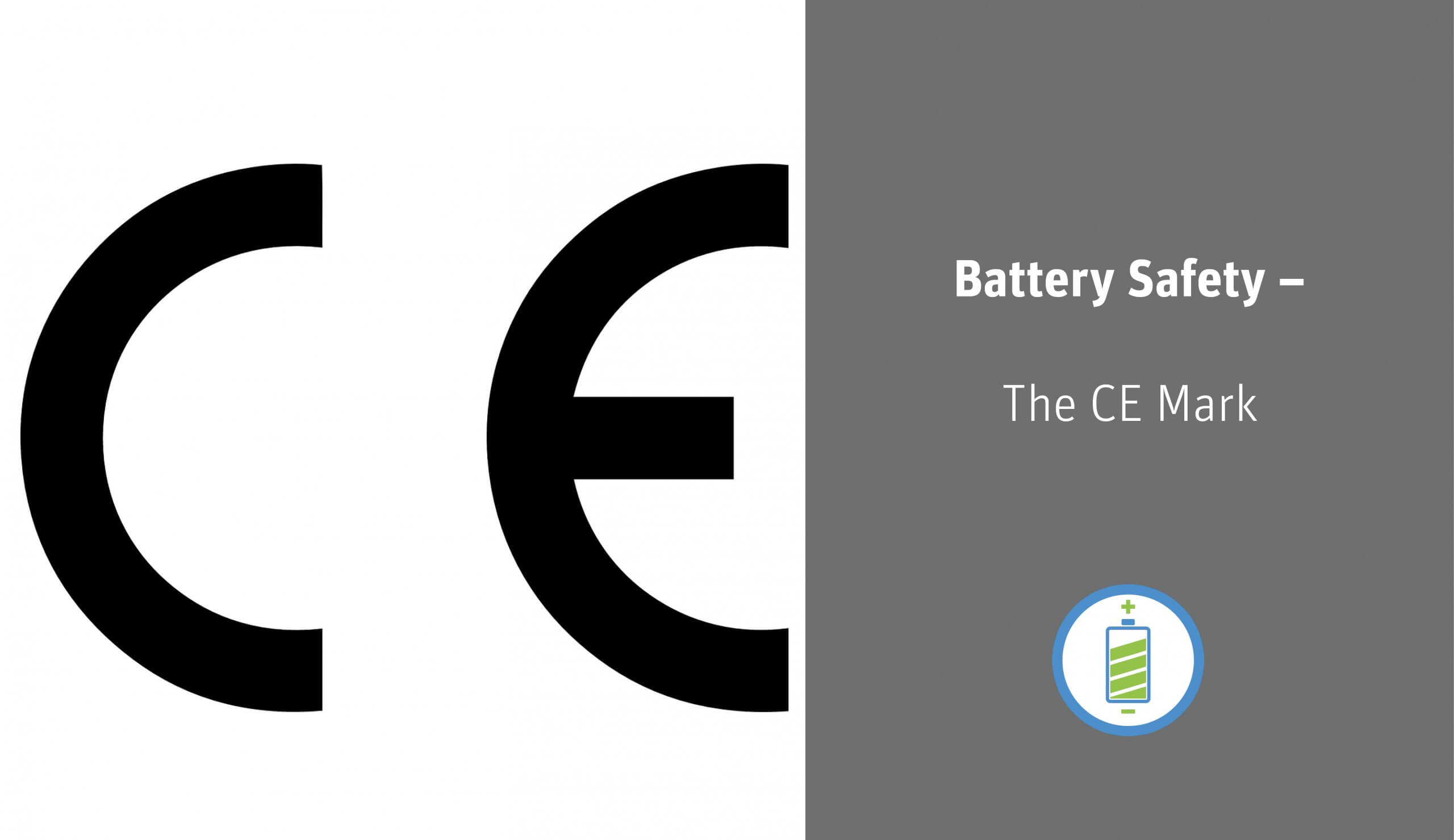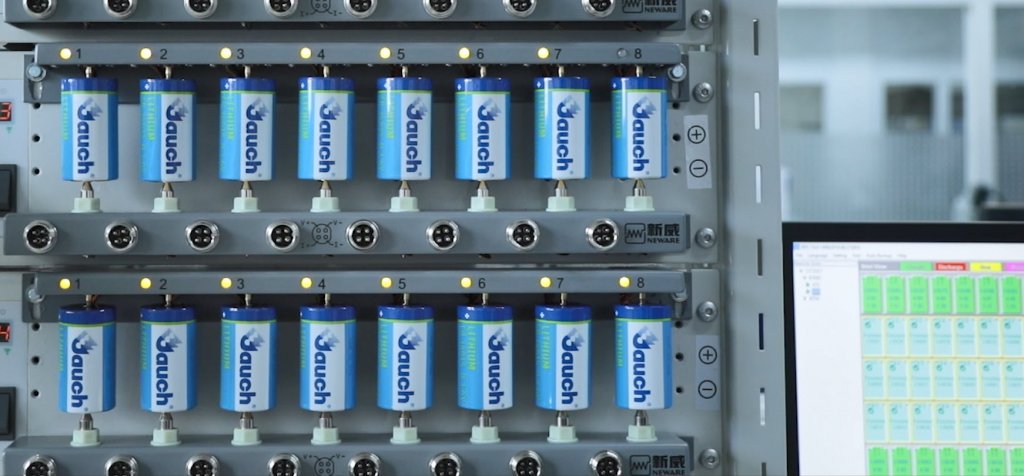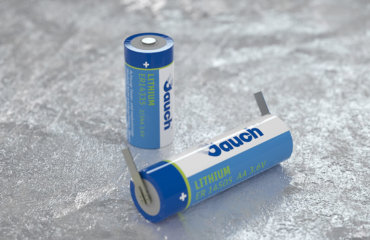
In the development of battery packs, the focus is often only on technical development. However, this alone does not go far enough. After all, new batteries require various certifications so that they can be placed on the market in compliance with the law.
Worldwide, there is a multitude of different rules and regulations concerning the marketing of lithium battery packs. In addition to the UN38.3 transport test, which is mandatory for transport, there are other certifications that affect the safety of batteries.
The minimum standard for battery safety
A special feature is the European CE conformity procedure. The abbreviation CE stands for “Communauté Européenne” and was created by the European Union. The procedure is intended to ensure a minimum safety standard for products. This is intended to enable the free movement of goods between the countries in the EU and to create uniform rules for all market participants.

You have probably seen a variety of products that are marked with the CE symbol. The product marking with the CE symbol is always preceded by the conformity assessment, after which the declaration of conformity is also drawn up.
The CE mark is not a test mark. Rather, with it, the manufacturer documents that it has complied with all the rules and thus with the minimum legal standards. Therefore, it is not linked to an approval process and does not indicate an impartial review. The manufacturer itself may affix the seal to its product. The manufacturer must find out for itself which guidelines apply to its product. However, if the mark is accompanied by a four-digit test number, this indicates that the product has been inspected by an external inspection body, the so-called Notified Body, which may be the case, for example, for medical devices or personal protective equipment.
Here are some of the key tasks manufacturers and suppliers must complete before placing products on the market:
- Determine the intended use
- Determine the applicable guidelines
- Determine if a Notified Body needs to be involved
- Creating the technical documentation
- Carrying out the tests (determining which tests are necessary to ensure safety)
- Drawing up the declaration of conformity, affixing the CE mark on the product (min. height 5mm)
Very important in this context is the manufacturer’s own responsibility for the entire process. In addition to the manufacturer (with its registered office in the EU), importers, distributors and so-called fulfillment centers (e-commerce with a focus on logistics) are also obliged to comply with specified rules.
The conformity procedure itself includes technical documentation with the following content:
- Product design information
- BOM
- Circuit diagrams
- Manufacturing process
- Test Reports
- Instruction manual
- Risk analysis
In summary, therefore, manufacturers are responsible for ensuring that their own products comply with European directives. Compliance with the directives is confirmed with the declaration of conformity and the affixing of the CE mark.
The relevant safety tests can be freely selected by the manufacturer. They also do not have to be carried out (exception: notified body must be consulted) in an accredited test laboratory. Keyword personal responsibility: the manufacturer must be responsible for safety and be able to prove this through suitable tests. Experience has shown that most manufacturers resort to the appropriate harmonized standards, which can be found in the implementing directives in the Official Journals of the European Union. This puts you on the safe side.
The following directives and regulations are applicable to batteries and may lead to a conformity procedure:
– Medical Device Regulation (MDR) 2017/745/EU -> for medical devices
– Electromagnetic Compatibility Directive (EMC) -> for devices or stand-alone functional units
– Low Voltage Directive for safety 2014/35/EU -> from 75-1500V direct current (or 50-1000V alternating current)
– Battery Regulation 2023/1542 -> published in the Official Journal of the EU on 28/07/2023 -> applies to all cells and batteries
Additionally recommended, but currently not mandatory for the conformity procedure, are the relevant tests for product safety during intended use and foreseeable misuse. For rechargeable batteries (lithium and nickel-based), for example, this would be EN62133 for portable applications. This standard describes in detail the tests that the battery must pass in order to be considered ‘safe’ for regulatory purposes. As long as the end product is not tested in an accredited laboratory in accordance with the relevant standard, no IEC or CB certificate is required. A summary of the test results is sufficient as part of the technical documentation.

Contact us if you have any questions. We can perform all relevant tests in a legally compliant manner.
More from this article series:
IEC certification – A common denominator for all continents
UL certification – the key to the US market
Mandatory program for shipping batteries: the UN 38.3 transport test


 Deutsch
Deutsch 



